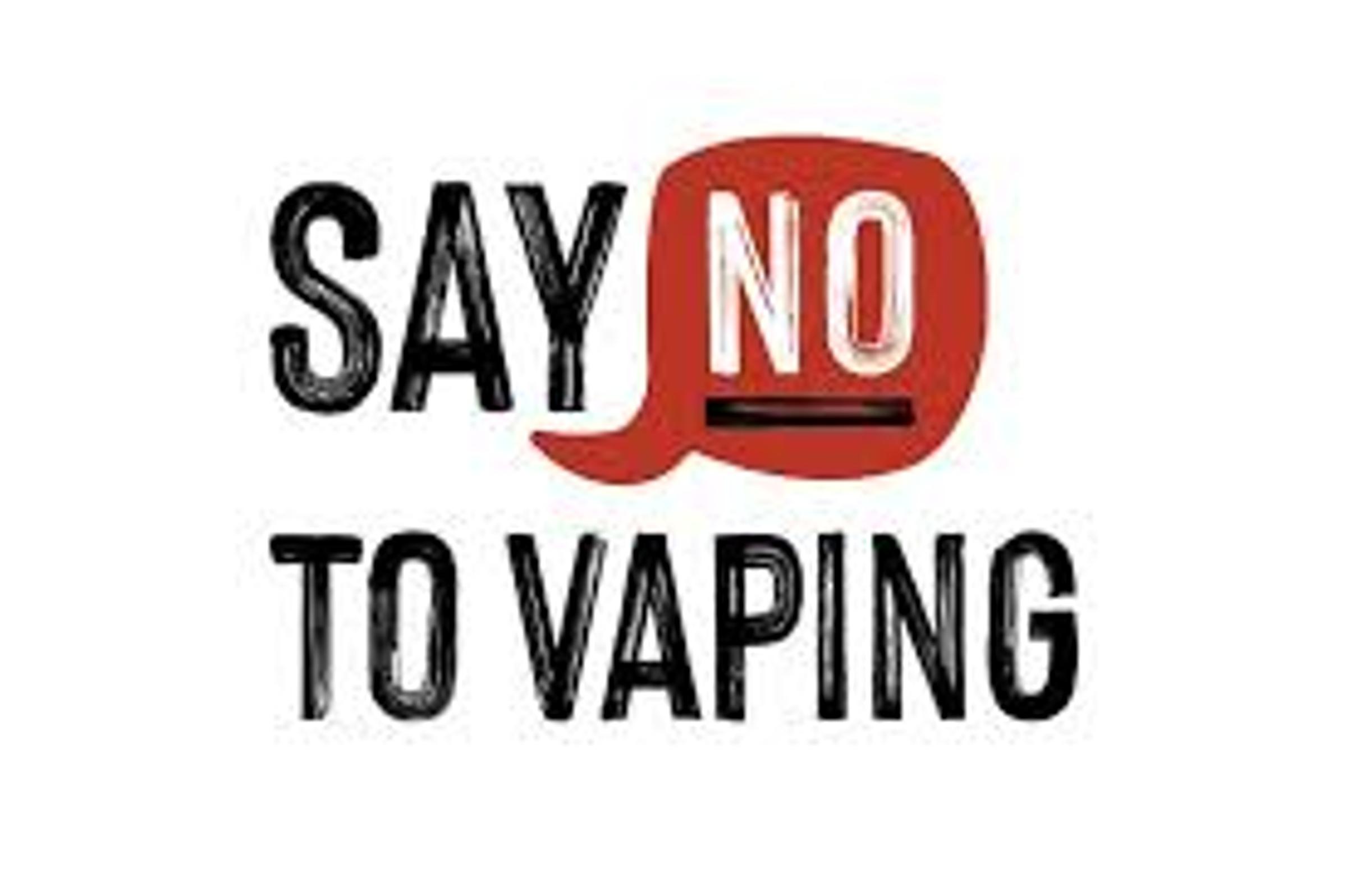Safety Reminder

VAPING
Vaping is often marketed as a safer alternative to smoking, but research shows it comes with serious health risks—especially for teenagers. Here's what students and parents need to know.
Health Risks of Vaping
- Nicotine addiction – Many vapes contain high levels of nicotine, which can harm the developing brain.
- Respiratory problems – Vaping can cause coughing, wheezing, and even long-term lung damage (e.g. popcorn lung).
- Chemical exposure – Vapes contain harmful substances like heavy metals, diacetyl, and formaldehyde.
- Mental health impact – Nicotine use has been linked to increased anxiety, depression, and poor concentration.
Common Myths vs. Facts
Myth | Fact |
|---|---|
| It’s just flavoured water | Vapes contain harmful chemicals, not just water and flavouring. |
| It is safe because it legal | Legal doesn't mean safe—many substances in vapes are toxic. |
| It helps people quit smoking | For adults under medical guidance, maybe - However teens are starting, not quitting. |
Why Teens Are Vulnerable
- Peer pressure and social media influence
- Flavoured vapes appeal to young users
- The perception that it's harmless
How Parents Can Talk to Teens
- Stay calm and open—avoid lectures
- Ask questions and listen
- Share facts, not fear
- Set clear expectations and offer support
What our School is Doing
- Health education curriculum
- Support services for students who want to quit
- Clear school policies on vaping